Patient Advocacy and Support Networks
The emergence of patient advocacy and support networks is playing a crucial role in shaping the myasthenia gravis market. These organizations are dedicated to raising awareness about the disease, providing resources for patients and families, and advocating for better healthcare policies. In the GCC region, such networks are becoming increasingly influential, helping to connect patients with healthcare providers and facilitating access to treatment options. By fostering a community of support, these organizations can enhance patient engagement and adherence to treatment plans. Consequently, the myasthenia gravis market is likely to benefit from increased patient participation in clinical trials and research initiatives, ultimately contributing to the development of new therapies and improved patient outcomes.
Rising Investment in Biopharmaceuticals
The myasthenia gravis market is witnessing a surge in investment in biopharmaceuticals, which are becoming increasingly important in the treatment landscape. The GCC region has seen a notable increase in funding for research and development of novel therapies targeting myasthenia gravis. This trend is driven by the growing recognition of the need for effective treatment options that address the underlying mechanisms of the disease. As biopharmaceutical companies focus on developing innovative therapies, the myasthenia gravis market is likely to expand, offering patients access to new and potentially more effective treatment modalities. The financial backing from both public and private sectors is expected to accelerate the pace of drug development, thereby enhancing the overall market dynamics.
Technological Advancements in Diagnostics
Technological advancements in diagnostic tools are significantly influencing the myasthenia gravis market. Innovations such as advanced imaging techniques and biomarker identification are enabling earlier and more accurate diagnoses. This is particularly relevant in the GCC region, where access to cutting-edge medical technology is expanding. Enhanced diagnostic capabilities can lead to timely interventions, which are essential for managing myasthenia gravis effectively. As healthcare providers adopt these technologies, the myasthenia gravis market is expected to see an increase in patient referrals and treatment initiation. Moreover, the integration of artificial intelligence in diagnostic processes may further streamline patient management, potentially leading to better health outcomes and increased market growth.
Increasing Prevalence of Myasthenia Gravis
The myasthenia gravis market is experiencing growth due to the increasing prevalence of the disease in the GCC region. Recent studies indicate that the incidence rate of myasthenia gravis is rising, with estimates suggesting that approximately 20 in 100,000 individuals are affected. This growing patient population is likely to drive demand for effective treatment options and healthcare services. As awareness of the condition increases, more individuals are being diagnosed, which in turn fuels the need for specialized care and management strategies. The myasthenia gravis market is thus positioned for expansion as healthcare providers seek to address the needs of this growing demographic, leading to potential increases in revenue for pharmaceutical companies and healthcare facilities alike.
Government Initiatives and Healthcare Policies
Government initiatives aimed at improving healthcare access and quality in the GCC region are positively impacting the myasthenia gravis market. Policies that promote early diagnosis and treatment of neuromuscular disorders are crucial for enhancing patient outcomes. For instance, the introduction of national health programs and funding for research into rare diseases may lead to increased investment in the myasthenia gravis market. Furthermore, the establishment of specialized clinics and treatment centers can facilitate better management of the disease, thereby attracting more patients. As governments prioritize healthcare reforms, the myasthenia gravis market is likely to benefit from enhanced support and resources, ultimately leading to improved treatment options and patient care.


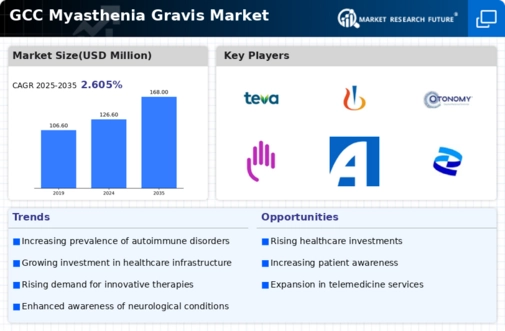
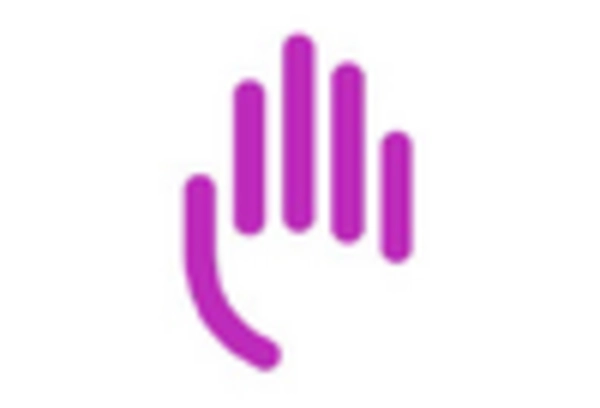
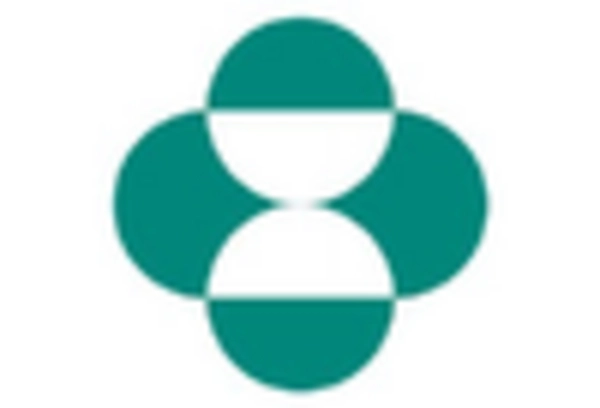

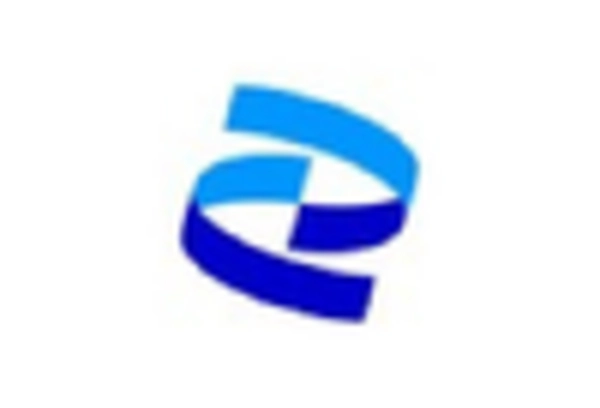
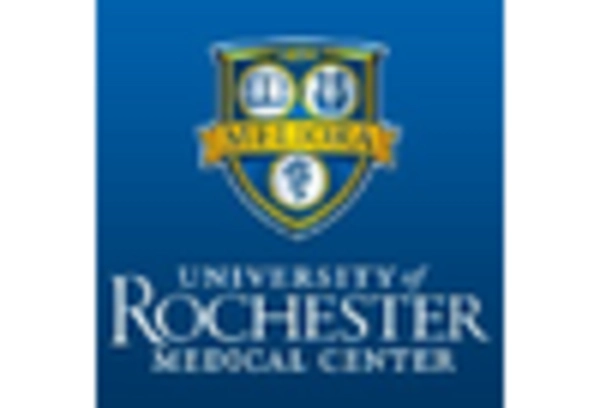
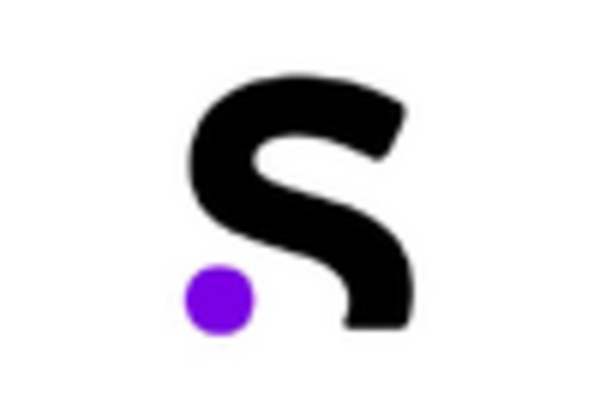








Leave a Comment